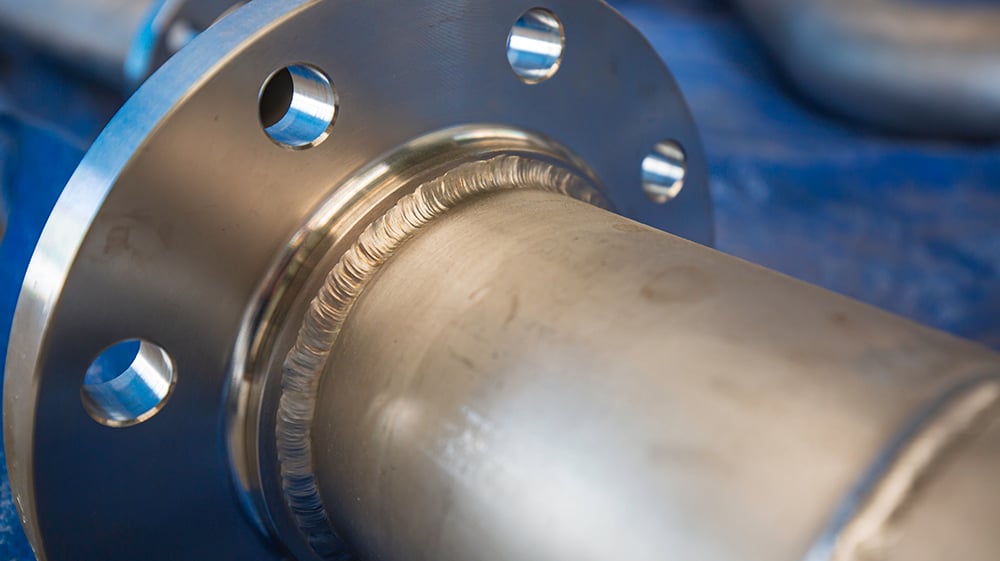Webinar
Thermodynamic and Kinetic Simulations on
Joining and Additive Manufacturing Processes for an ICME Framework
A particular application of joining technologies is the development of contacts for high-performance thermoelectric generators. With focus on non-toxic Mg2(Si,Sn)-based thermoelectrics, the manufacturing challenge points to the contact between dissimilar materials, of semiconducting and metallic type. Typically achieved using several contacting layers, e.g. solder fillers, diffusion barriers, which produce bonding layers by diffusion-reaction in the interconnection zone (IZ). The multiphase/multilayered bonded region has intrinsic dissimilar physico-chemical properties; therefore, the IZ is susceptible to degradation and/or failure during long-term operation under a thermal gradient.

A CALPHAD-based ICME approach fits wonderfully to analyze and optimize that configuration. It is shown that the Thermo-Calc and TC-Python framework can be used to simulate the diffusion-reaction phenomena at the IZ to identify expected bonding layers, thickness and morphology. Additionally, a similar approach including the Precipitation Module (TC-PRISMA) and the Diffusion Module (DICTRA) is used to investigate the precipitation kinetics underlying the complex microstructure observed in Ti2AlNb-based alloys produced by additive manufacturing processes.
This webinar is part of our Expert User Series, which invites experts from industry and academia to present their work with Thermo-Calc products.